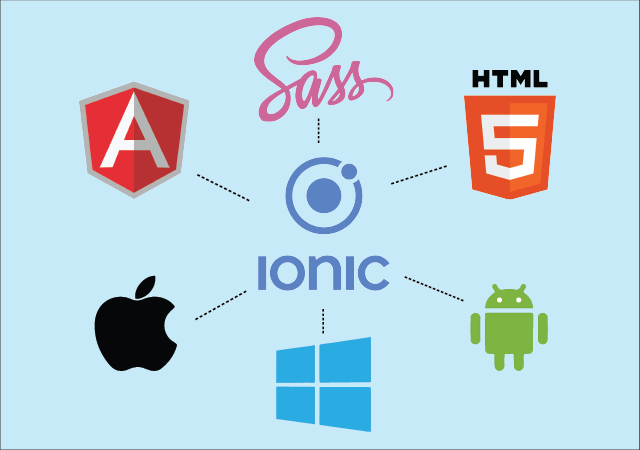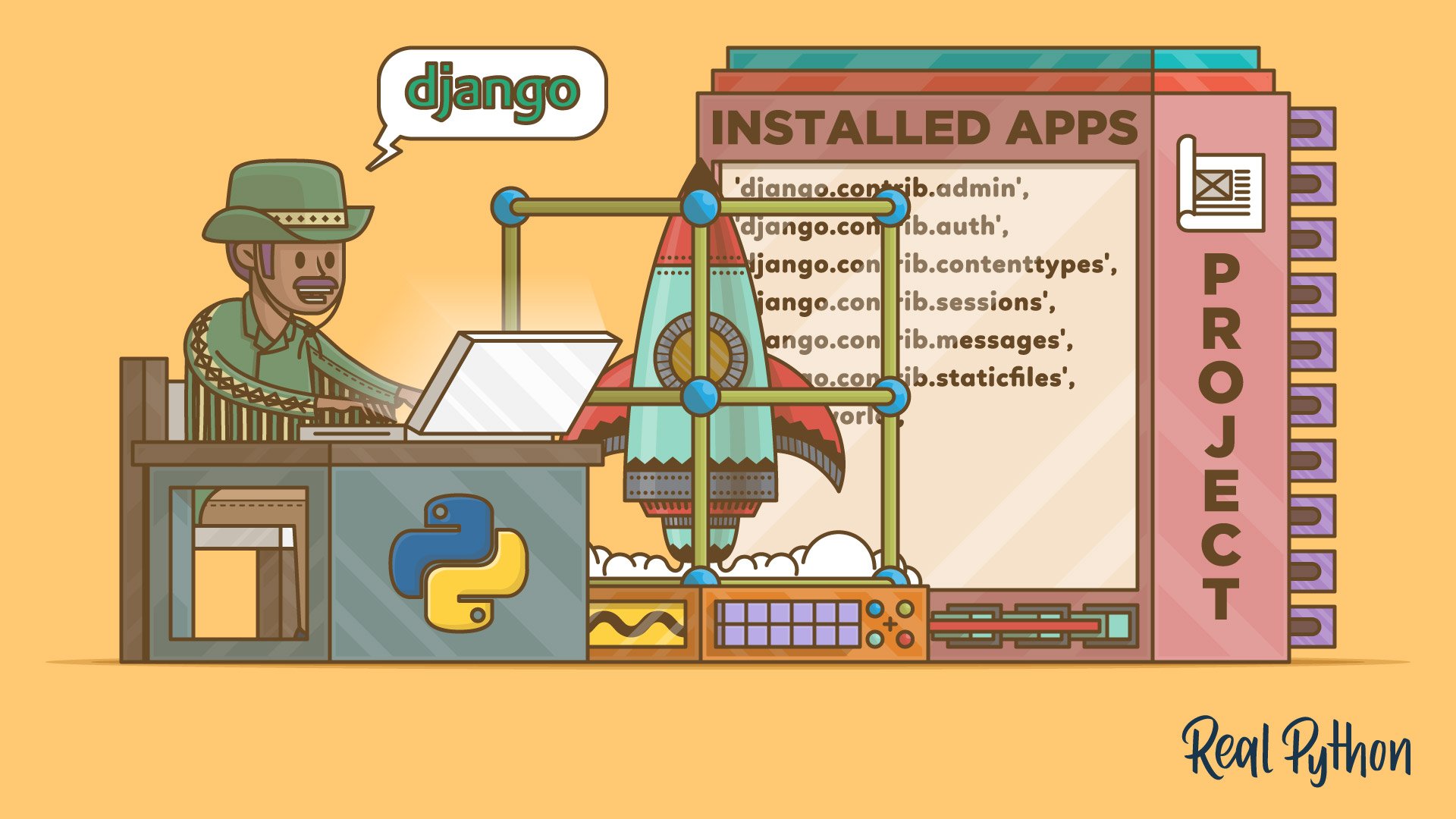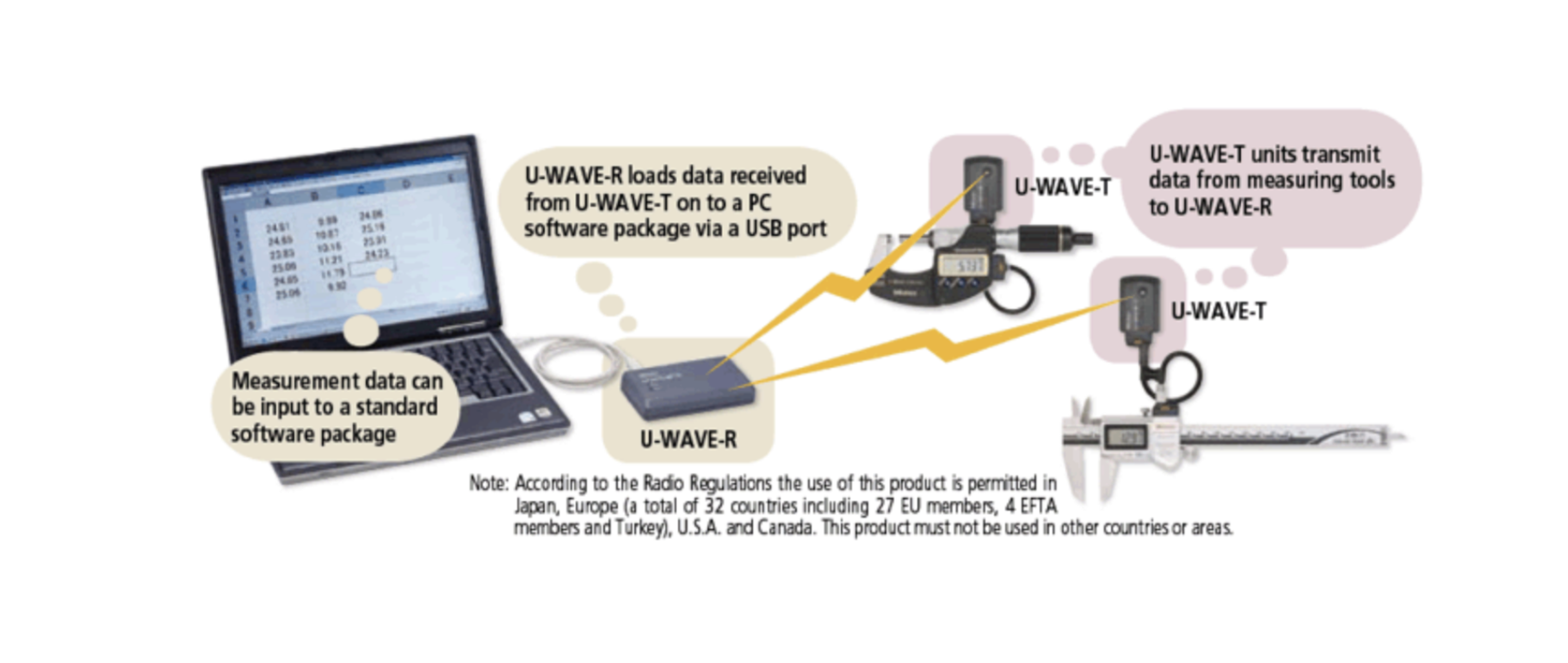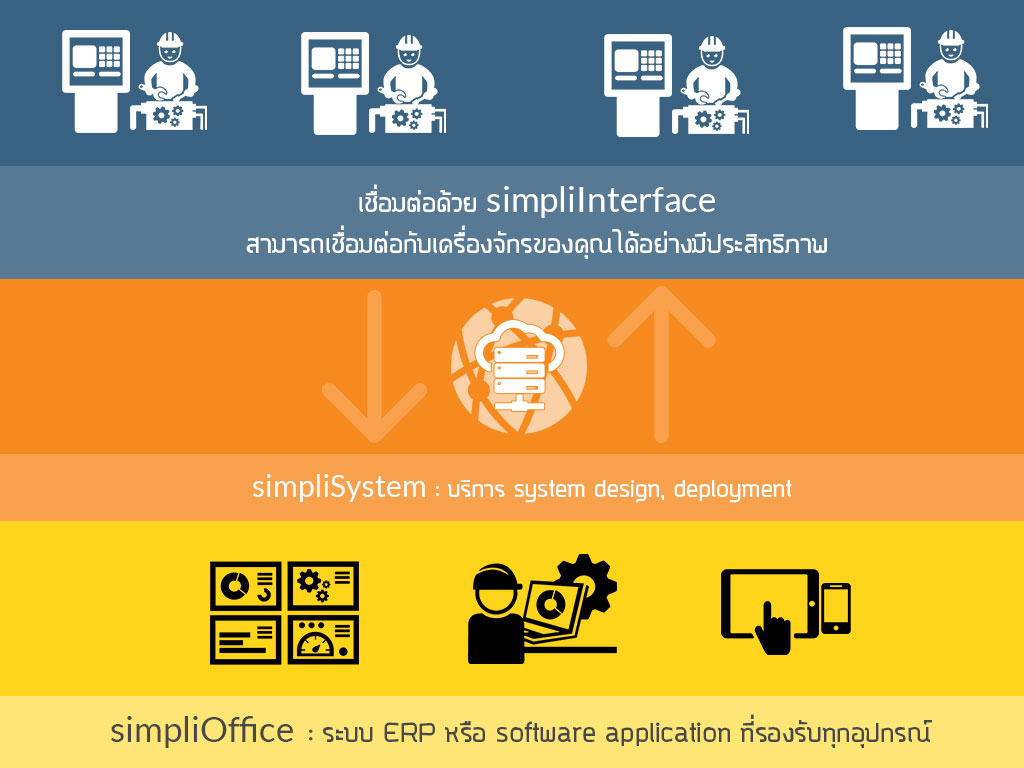Beginner’s Guide: How EV Charging Apps Communicate, Track Charging, and Calculate Costs
Electric Vehicles (EVs) are the future — and smart, user-friendly charging apps are a big part of the EV experience. If you're building an EV charging solution with a Flask backend, this guide is for you.
We'll walk through:
- How your mobile app talks to the backend and the EVSE (Charger)
- How energy usage is tracked and billed
- How to enable SOC (State of Charge) reporting
- Code examples using Flask and OCPP
- A clear and complete technical overview — for beginners
🧩 The 4 Main Components of an EV Charging System
| Component | Role |
|---|---|
| Mobile App | Used by EV drivers to find, start, and stop charging sessions |
| Flask Backend | Your server that talks to the app and sends commands to chargers |
| EVSE (Charger) | The physical station that delivers electricity to the vehicle |
| OCPP Protocol | The language your backend uses to communicate with the charger |
🔄 Communication Flow (Simplified)
Even though it looks like the app talks to the charger directly, it doesn’t.
Here’s how it really works:
sequenceDiagram
participant User
participant App
participant Flask Backend
participant EVSE (Charger)
User->>App: Start Charging
App->>Flask Backend: POST /start_session
Flask Backend->>EVSE (Charger): OCPP RemoteStartTransaction
EVSE (Charger)-->>Flask Backend: MeterStart = 154200 Wh
Flask Backend-->>App: Charging session started
Note over EVSE (Charger): Charging in progress...
User->>App: Stop Charging
App->>Flask Backend: POST /stop_session
Flask Backend->>EVSE (Charger): OCPP RemoteStopTransaction
EVSE (Charger)-->>Flask Backend: MeterStop = 156700 Wh
Flask Backend-->>App: Energy used = 2.5 kWh⚡ Charging Session Tracking: MeterStart and MeterStop
Every EVSE (Charger) has a built-in energy meter. When charging starts and stops, it reports the energy readings:
| Value | Meaning |
|---|---|
| MeterStart | Energy reading when session begins (Wh) |
| MeterStop | Energy reading when session ends (Wh) |
Example:
MeterStart = 154200 Wh
MeterStop = 156700 Wh
Energy used = (156700 - 154200) / 1000 = 2.5 kWh💰 How Cost is Calculated
To calculate cost, multiply the energy used by the rate per kWh.
Flask Example:
def calculate_cost(meter_start, meter_stop, rate_per_kwh=0.25):
energy_wh = meter_stop - meter_start
energy_kwh = energy_wh / 1000
return round(energy_kwh * rate_per_kwh, 2)Sample Response:
{
"energy_kwh": 2.5,
"rate_per_kwh": 0.25,
"total_cost": 0.63
}🔋 Bonus: Enable State of Charge (SOC) Reporting
SOC (State of Charge) is the percentage of the EV's battery during charging. Some chargers support it, but you may need to enable it manually.
✅ Step 1: Check if SOC is Supported
Using OCPP's GetConfiguration command:
@app.route('/station/<cp_id>/check-soc', methods=['GET'])
def check_soc(cp_id):
ws = get_websocket(cp_id) # Your connection manager
request = call.GetConfigurationPayload(key=["MeterValuesSampledData"])
asyncio.run(ws.send(request))
response = asyncio.run(ws.receive())
for item in response.configuration_key:
if "StateOfCharge" in item.value:
return jsonify({"soc_supported": True})
return jsonify({"soc_supported": False})✅ Step 2: Enable SOC if Not Enabled
Send a ChangeConfiguration request:
@app.route('/station/<cp_id>/enable-soc', methods=['POST'])
def enable_soc(cp_id):
ws = get_websocket(cp_id)
request = call.ChangeConfigurationPayload(
key="MeterValuesSampledData",
value="StateOfCharge,Energy.Active.Import.Register"
)
asyncio.run(ws.send(request))
response = asyncio.run(ws.receive())
if response.status == "Accepted":
return jsonify({"status": "success", "message": "SOC enabled"})
return jsonify({"status": "failed", "message": "Change rejected"})🧾 Example MeterValues Response After Enabling SOC
{
"meterValue": [{
"timestamp": "2025-05-26T03:25:00Z",
"sampledValue": [
{"measurand": "Energy.Active.Import.Register", "value": "156300"},
{"measurand": "StateOfCharge", "value": "74"}
]
}]
}You can show this in your app:
🔋 Battery: 74%
⚡ Energy Used: 2.1 kWh
💰 Cost: $0.53📱 Final Output to the App (API Response)
{
"session_id": "sess_001",
"meter_start": 154200,
"meter_stop": 156700,
"energy_kwh": 2.5,
"rate_per_kwh": 0.25,
"total_cost": 0.63,
"soc": 74,
"start_time": "2025-05-26T03:14:00Z",
"end_time": "2025-05-26T03:54:00Z"
}🧱 Recommended Backend Tech Stack
| Layer | Suggested Technology |
|---|---|
| Web Framework | Flask |
| Charger Protocol | OCPP 1.6 with Mobility House lib |
| Database | PostgreSQL or MongoDB |
| Mobile App Frontend | Flutter or React Native |
| Payments | Stripe, PromptPay, or PayPal |
✅ Final Summary
With just a mobile app, Flask backend, and OCPP connection, you can build a smart EV charging platform that:
- Starts and stops charging sessions
- Tracks energy used with
MeterStartandMeterStop - Calculates billing
- Enables State of Charge (SOC) for battery insights
- Sends real-time updates to users
This system is modular, scalable, and beginner-friendly.
🚀 Ready to Build Your EV Charging Platform?
Whether you're just getting started or scaling a network of chargers, we can help you build and connect your EV ecosystem.
📬 Reach out at www.simplico.net
💬 Or message us for a free technical consultation!
Get in Touch with us
Related Posts
- Reference Architecture for Provincial / Municipal Digital Systems
- 实用型 GovTech 架构:ERP、GIS、政务服务平台与数据中台
- A Practical GovTech Architecture: ERP, GIS, Citizen Portal, and Data Platform
- 为什么应急响应系统必须采用 Offline First 设计(来自 ATAK 的启示)
- Why Emergency Systems Must Work Offline First (Lessons from ATAK)
- 为什么地方政府的软件项目会失败 —— 如何在编写代码之前避免失败
- Why Government Software Projects Fail — And How to Prevent It Before Writing Code
- AI 热潮之后:接下来会发生什么(以及这对中国企业意味着什么)
- After the AI Hype: What Always Comes Next (And Why It Matters for Business)
- 为什么没有系统集成,回收行业的 AI 项目往往会失败
- Why AI in Recycling Fails Without System Integration
- ISA-95 vs RAMI 4.0:中国制造业应该如何选择(以及为什么两者缺一不可)
- ISA-95 vs RAMI 4.0: Which One Should You Use (And Why Both Matter)
- 为什么低代码正在退潮(以及它正在被什么取代)
- Why Low‑Code Is Falling Out of Trend (and What Replaced It)
- 2025 年失败的产品 —— 真正的原因是什么?
- The Biggest Product Failures of 2025 — And the Real Reason They Failed
- Agentic AI Explained: Manus vs OpenAI vs Google —— 中国企业的实践选择
- Agentic AI Explained: Manus vs OpenAI vs Google — What Enterprises Really Need
- AI驱动的医院信息系统纵向整合(Vertical Integration)














